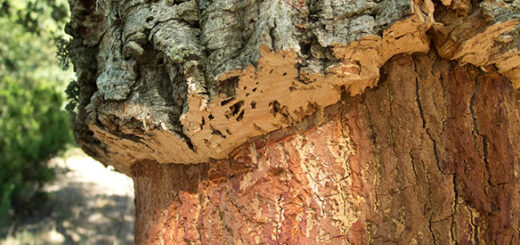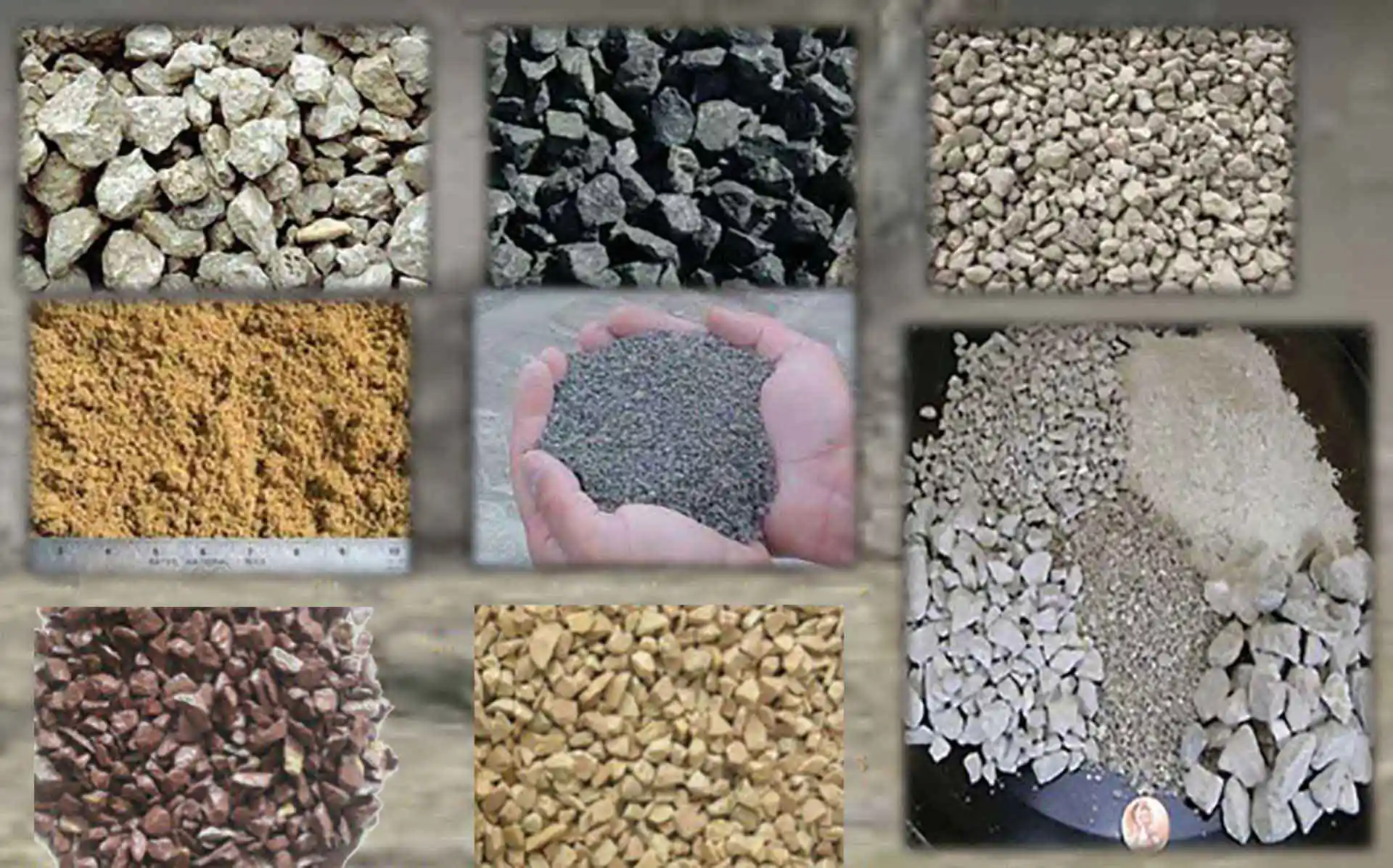Chemical Composition of Sand | Silica – Lime
Sand has a wide range of usages, from concrete production to filtration, landscaping, and more. However, few people know what exactly sand is made of and how the chemical composition of sand affects its usability. This article will explore the chemical composition of sand and how it affects its applications in civil engineering projects.
One of the main components of sand is silicon dioxide, also known as silica.
Silica is a hard, brittle material that is found in many rocks and minerals. It is the second most abundant element in the Earth’s crust, after oxygen. Silica’s high hardness and strength make it a valuable commodity for many industries, including construction and manufacturing.
However, silica can also be a health hazard if inhaled, as it can cause Silicosis, a lung disease. For this reason, it is important for workers in sand-related industries to take precautions and use proper safety gear.
The other main component of sand is calcium carbonate, also known as limestone.
Limestone is a sedimentary rock that is made up of calcium carbonate deposits. It is a relatively soft rock, which makes it easy to mine and quarry. Limestone is used in a wide variety of construction projects, from roads and bridges to buildings and homes. It can also be used in agriculture, as an amendment to improve soil quality.
While silicon dioxide and calcium carbonate are the two most common components that contribute to the chemical composition of sand, there are a variety of other minerals that can be found in sand as well. These include but are not limited to
- Apatite
- Feldspar
- Quartz
- Muscovite
- Clay minerals
Each of these minerals can affect the usability of sand in different ways. For example, apatite is a phosphate mineral that is often used as a fertilizer. Feldspar is a group of minerals that are used in ceramic and glass production. Quartz is a hard, durable mineral that is used in a variety of construction projects. Muscovite is a sheet silicate mineral that is used in the production of electrical insulators. Clay minerals are important in the construction industry as they are used in the production of bricks, mortar, and cement.
The chemical composition of sand can have a big impact on its usability. For example, the presence of too much silica can make sand difficult to work with, as it can cause Silicosis.
On the other hand, the presence of minerals like apatite and feldspar can make the sand more usable for certain applications. It is important for civil engineers to be aware of the composition of sand before using it in a project.




